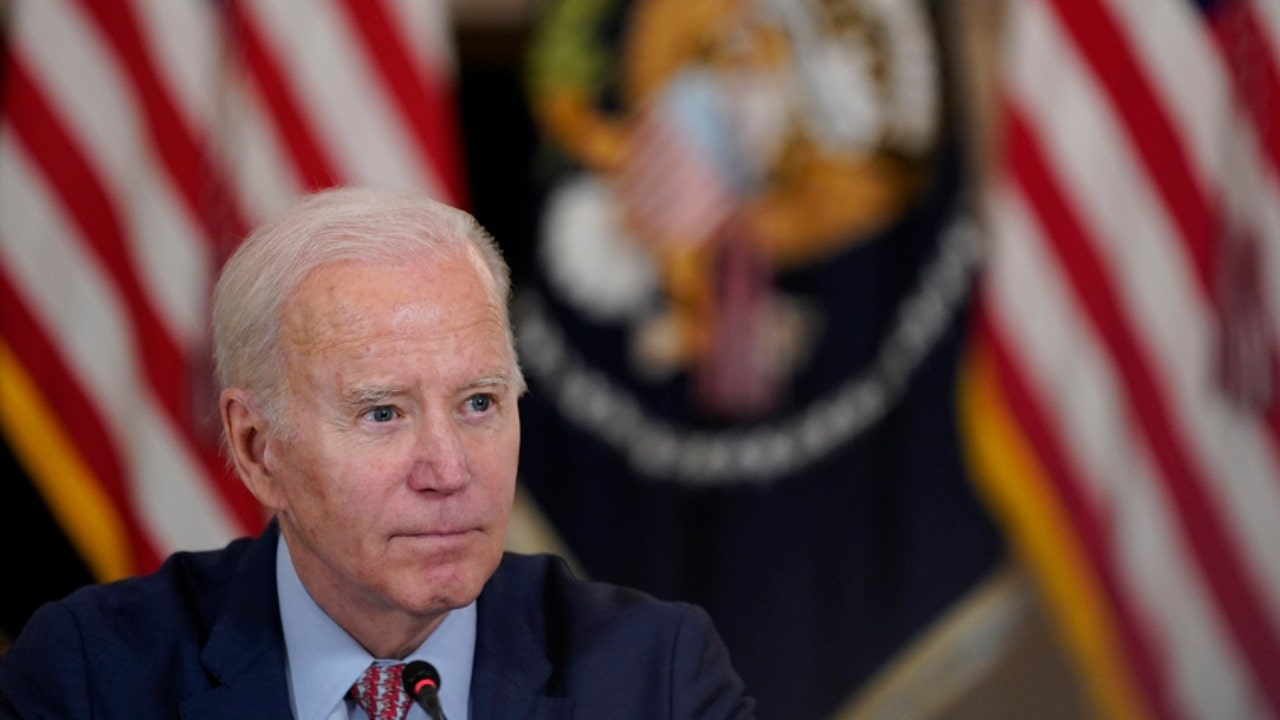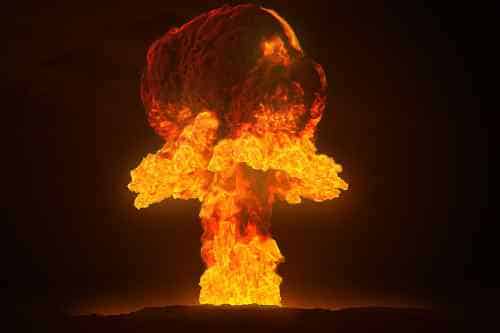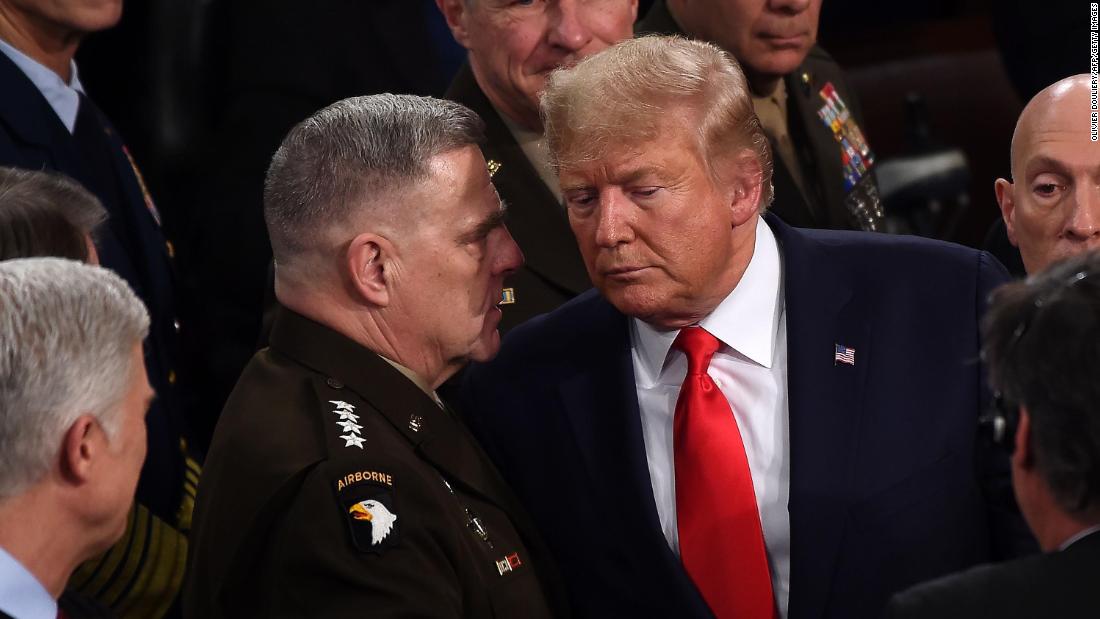Doc7505
Diamond Member
- Feb 16, 2016
- 20,213
- 36,597
- 2,430
Biden admin review of Afghanistan withdrawal
repeatedly blames Trump
Biden administration says former President Donald Trump's actions 'severely constrained' conditions for US military withdrawal from Afghanistan

Biden admin review of Afghanistan withdrawal repeatedly blames Trump
The White House on Thursday released its review of the Biden administration's 2021 military withdrawal from Afghanistan, repeatedly blaming the Trump administration.
The White House on Thursday released its review of President Biden's fumbled withdrawal from Afghanistan in 2021, dropping the long-awaited report days before the Easter holiday while former President Donald Trump's indictment dominates headlines.
In a 12-page outline, Biden officials defend the president's decision to withdraw, calling his decision to end the two decades-long war "the right thing for the country." The report does not appear to acknowledge any mistakes made by Biden. However, the document repeatedly criticizes the Trump administration for constraining the conditions of American evacuation, during which 13 American soldiers died in a suicide bombing while protecting the Kabul airport.
The review does acknowledge that the evacuation of Americans and allies from Afghanistan should have started sooner, but blames the delays on the Afghan government and military, and on U.S. military and intelligence community assessments.
"President Biden’s choices for how to execute a withdrawal from Afghanistan were severely constrained by conditions created by his predecessor," the document states.
Commentary:
The incompetent clown crew that arrived with Biden screwed it up. He purposely populated his administration with clowns and they delivered a circus.
Biden put people in place incapable of creating an effective withdrawal plan. Trump not create a withdrawal plan because the Taliban never met the conditions of withdrawal. No matter how you look at this, Biden is the president - therefore he was the leader and had direct participation in how it was done. To be a strong leader, you have to endure and accept the responsibility of your own cabinet and actions - or your just irresponsible and avoid the tougher part of being a leader. Biden can blame whomever he wants, but his name was on the orders to the generals to pull out of Bagram airbase in the middle of night in the dark.
We see Biden's weakness on a daily basis as China eats our lunch making deals with Saudi Arabia, Iraq, Iran and Russia.
Biden's list of Failures Grows daily!
A further example of Joey's incompetent actions:

Biden Begs Iran for a Freeze-for-Freeze Nuke Deal
Unbelievably, Joe Biden, Obama's puppet, is asking Iran for a freeze-for-freeze nuclear deal. Axios reports he'll give sanctions relief...
 www.independentsentinel.com
www.independentsentinel.com
Last edited:










